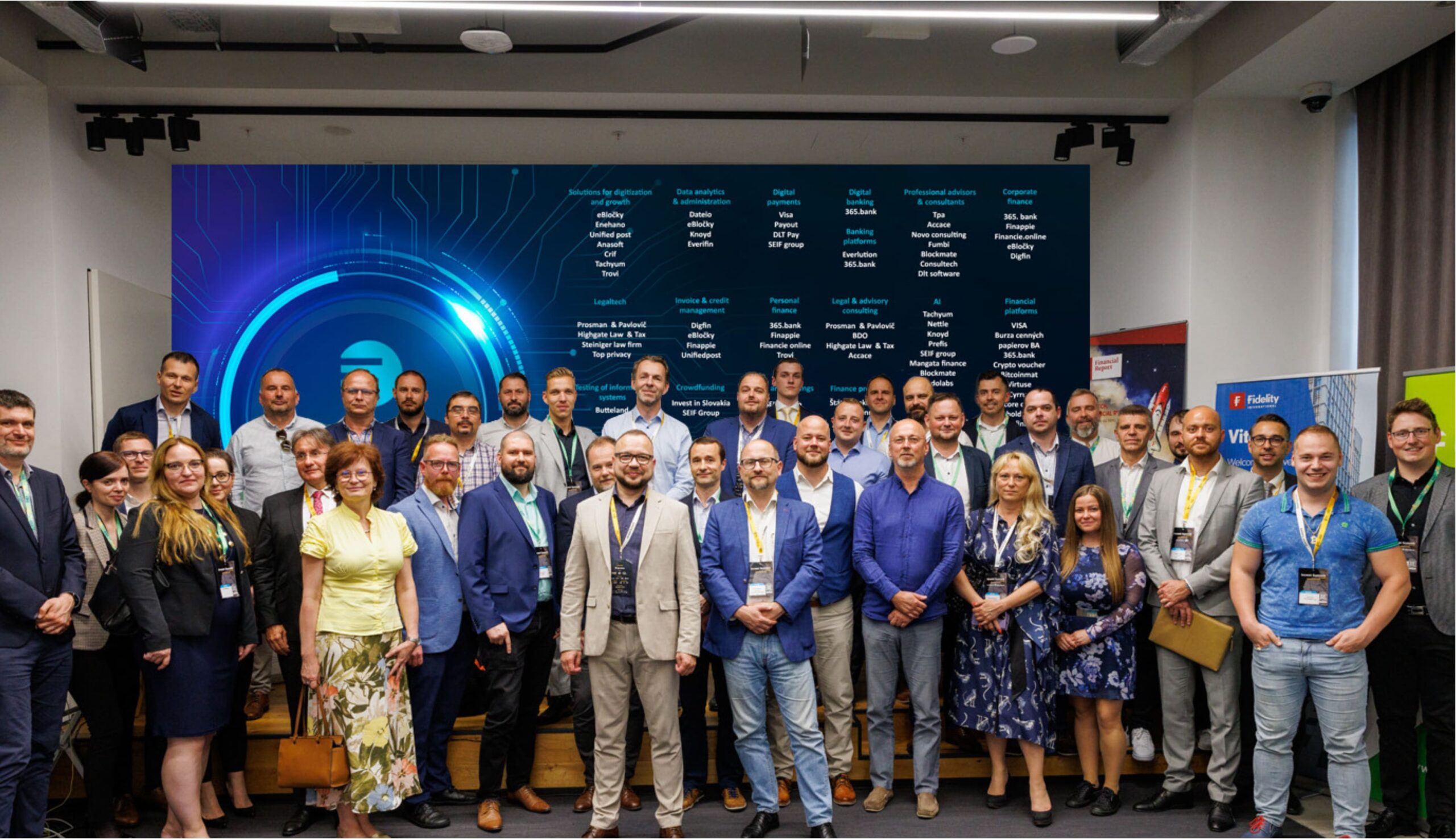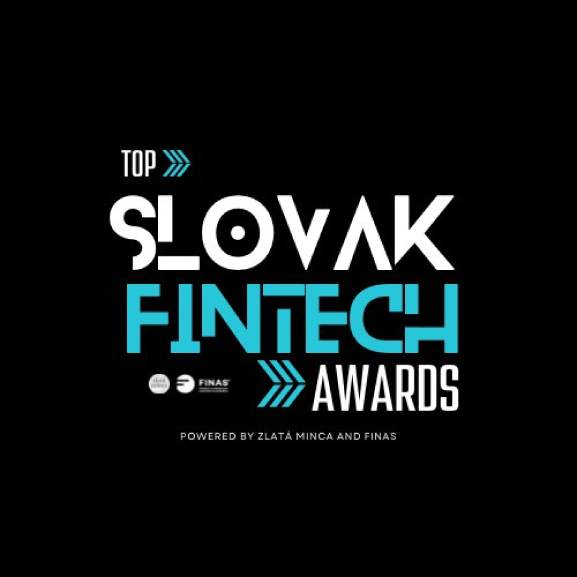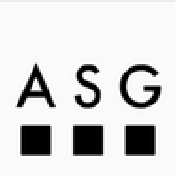AGENDA 2024
DAY 1
DAY 2
DAY 3
DAY 1
“Digital Euro (Central Bank Digital Currency): Revolution or Threat?”
Description: Join us this year for a discussion on the digital euro, where we’ll openly talk about its benefits, risks, and potential impact on the financial
sector and economy. Is digital euro the future, or just another threat to privacy and financial stability?
In addition, we’ll explore other topics, such as:
- 1. Pros and Cons of CBDC: Let’s discuss the advantages and disadvantages of Central Bank Digital Currency (CBDC). How might it affect the
payment system, inflation, and financial inclusion? - 2. Digital Euro vs. Global Digital Currencies: Compare digital euro with other existing or planned digital currencies (e.g., digital yuan, digital dollar).
What are their differences and similarities? - 3. Impact of Digital Euro on Climate Sustainability: Explore how digital euro could influence energy consumption and environmental impact.
What optimization possibilities exist for a green approach to digital currencies?
- Capital Markets Union: What is it and what could it bring to Europe?
Revolution or Challenge? - Description: The European Capital Markets Union (CMU) has an
ambitious goal: to enhance cross-border investment, improve access
to finance, and foster economic growth within the EU. By harmonizing
rules and developing infrastructure, it aims to create an efficient and
resilient financial system. But how can this be achieved? And what are
the potential benefits and challenges?
- Panel Discussion Questions:
Harmonization of Rules:
- How can we unify regulations for securities, bonds, and other
financial instruments to facilitate cross-border investment?
Infrastructure Development:
- What digital platforms and efficient settlement systems should be
part of the CMU?
Investor Protection:
- How can we ensure transparency, investor rights, and fair
competition?
Access to Finance:
- How can we support small and medium-sized enterprises (SMEs) to have
better access to capital markets?
Potential Benefits:
- How could a fully functioning CMU boost economic growth, create jobs,
and attract investment? - Why is diversification of investment options important?
- How does a deeper capital market contribute to financial system
resilience?
Challenges:
- Why are European capital markets currently fragmented?
- How do we balance national interests with the need for harmonization?
- What impact does Brexit have on the CMU?
· Slovak Perspective:
- How can Slovakia, as an EU member, benefit from a fully developed CMU?
- What impact will it have on financing access for Slovak businesses and
startups? - How can we enhance investor confidence and attractiveness for foreign
investment?
“Europe at Heart“
FINTECH ECONOMICS & FINTECH REGION ACCELERATED FINTECH VALLEY EUROPE
FinTech will bring Europe success in the digital age
- Description: In order to accelerate the competitiveness of Europe and
the success of its citizens in the digital age, we created and officially
communicated our initiative “Fintech valley europe” last year during
the Finweek conference. The invited guests joined this initiative and
subsequently signed the “Manifesto entitled FinTech will bring Europe
success in the digital age”. - After the successful acceptance of this idea, we open an international
discussion with the aim of launching specific joint activities. - Let’s kick-start Europe’s development in the digital age! In Bratislava,
FinTech experts from eleven European countries expressed their
conviction that digitalisation and innovation are essential for progress
and prosperity. Convinced of the potential that the digital
transformation of finance brings to the economy, society and every
individual, they have therefore presented the Manifest to their
governments, launching the FinTech Valley Europe initiative.
- The initiative presents a vision of a leading international player in the
creation of innovative and inclusive financial solutions that will deliver
efficient functioning for different areas of society and economy.
Bringing together innovators from more than a dozen European
countries will make it possible to create an environment for the
development of FinTech ecosystem projects with impacts on the global
market. “The principles of the manifesto will enable the development of
the digital economy in Europe,” FinTech said.
- FinTech Valley Europe will not be a self-centered system, it will be a
partner in the global ecosystem for large countries including the United
States, Canada and Japan, as well as ASEAN groupings.
- FinTech leaders from the founding countries are signatories to the
Fintech Valley Europe Memorandum to boost the growth and
competitiveness of the FinTech industry
DAY 2
- Description: This discussion will explore the evolving role of traditional banks in the medium-term horizon. We’ll delve into the challenges, opportunities, and collaborative possibilities between banks and innovative FinTech companies, all while ensuring data security and client benefits.
- 1. The Role of Banks in the Medium-Term Horizon
This topic focuses on the medium-term outlook for traditional banks. How is their position changing in the current dynamic financial landscape? What challenges and opportunities do banks face in the coming years? - 2. Security
Let’s discuss data security. On one hand, we have banks with a long history and stable foundations, but on the other hand, there are innovative FinTech companies with modern yet sometimes less proven solutions. How can we ensure client trust and data protection? - 3. Collaboration between Banks and FinTechs
Explore the possibilities of collaboration between banks and FinTechs. Can these two sides join forces to provide innovative services that combine traditional and modern approaches? How can they collaborate to ensure data security while offering benefits to clients?
- Other themes:
- Business to Business Banking (B2B Banking): Innovations in Corporate Banking and Services. This refers to banking services tailored specifically for businesses, where financial institutions offer innovative solutions to meet the needs of companies, from startups and small enterprises to large corporations. These services encompass various aspects, including account management, financing, payment solutions, and more.
- Open banking trends: Regulatory frameworks allow third parties to access banking data through API interfaces. This leads to increased competition and new opportunities for simplifying investment, offering advanced analytics, and improving services for clients.
- Mobile Banking Growth (“Mobile first”): Mobile banking is steadily replacing internet banking. According to statistics, up to 80% of all transactions next year will be conducted through mobile applications. These so-called “mobile-first” banks allow customers to bank anytime, anywhere, providing convenience and security.
- Big Data Processing: Banks collect vast amounts of data. Thanks to advanced predictive models and artificial intelligence, they can efficiently process this data and offer personalized services and offers. Sharing information with third parties (such as fintech companies) is also part of this trend.
“AI in Finance”
“The Future of Fintech and AI: Collaboration or Conflict?”
Join us for an engaging conversation about the impact of artificial intelligence (AI) on the financial industry. Explore the opportunities for
innovation, increased efficiency, and automation, while also considering the potential risks, including job displacement and transparency
challenges. Is AI a collaborative partner or a disruptive force? Let’s find out!
“Robo-Advisory Services and Personalized Investing”:
- Discuss how robo-financial advice is changing the way we invest and explore the benefits and limitations of this technology.
“Transparency and Ethics in AI within the Financial Sector”:
- Examine questions related to transparency, accountability, and ethics when using artificial intelligence in finance.
“AI’s Impact on Financial Literacy”:
- Explore how artificial intelligence influences education and financial literacy for individuals.
“Security and Cyber Risks in AI for Finance”:
- Analyze risks associated with using AI in financial transactions and safeguarding against cyber threats.
“Current Trends in Payment Institutions: European and Global Perspectives”
Description: This discussion focuses on the current trends in the field of payment institutions. We will analyze how the financial sector is evolving in Europe
and globally, exploring new challenges and opportunities. Our panelists will discuss topics that are currently shaping banks, insurers, and fintech companies.
Current Topics:
- Contactless Payments and the Rise of Digital Transactions: Customer
preferences are shifting towards contactless payments. Both banks and
fintechs are adapting to this trend by enhancing their digital payment
solutions. - PSD3 and Beyond: Regulatory Impact on Payment Services: Beyond PSD2, we’ll
delve into the implications of PSD3 and other emerging regulations. These
regulations shape the landscape for payment institutions, influencing their
services and security measures. - Cryptocurrencies as a Bridge Between Fiat and Digital Worlds: The crypto
sector is increasingly relevant in payment systems. While traditional banks
handle fiat currencies, fintechs and crypto platforms explore ways to integrate
digital currencies into the mainstream financial ecosystem. This intersection
presents both challenges and opportunities for payment institutions. - E-commerce’s Influence on Payment Institutions: How can retail leverage e-commerce and new payment trends? We’ll discuss how everyday companies adapt to the growing online market and digital payments.
- Digital Identities and Payment Security: Ensuring secure
payments in the era of digital identities and novel
authentication methods. - How can retail leverage e-commerce and new payment
trends? We’ll discuss how everyday companies adapt to the
growing online market and digital payments
Join us as we discuss these critical trends and their impact on
the future of financial services.
“MiCA and Crypto Assets: Opportunities and Challenges in the Slovak Context”
Description: This panel discussion focuses on the new regulations surrounding crypto assets within the European Union, specifically the Markets in Crypto-
Assets Regulation (MiCA). For Slovak companies and foreign entities interested in collaborating with Slovakia, new opportunities and challenges are
emerging.
The MiCA (Markets in Crypto-Assets) regulation represents the largest comprehensive regulation of the field of crypto-assets at the EU level to date. It refers
to any entity in the field of cryptoassets that deals with the issue, public offering, trading, exchange of cryptoassets and related services such as custody and
management of cryptoassets1.
Slovak banks will have to adapt their procedures and processes to the new regulations in order to ensure compliance with the rules and protect clients in the
field of crypto-assets. It is a challenge but also an opportunity for innovation and growth in this dynamic industry.
New opportunities and challenges are opening up for Slovak companies and foreign entities that would like to cooperate with Slovakia. Národná banka
Slovenska will supervise compliance with the MiCA regulation in Slovakia. This will ensure that entities comply with the rules and protect investors in the field
of crypto-assets. In addition, the new rules enable cross-border operations through passportisation, improve transparency and combat market manipulation.
Opportunities for Slovak Crypto Companies:
- Innovation and Development: MiCA introduces new rules and definitions, potentially stimulating innovation and growth in the crypto asset sector.
- Transparency and Trust: Regulations can enhance investor and client confidence in Slovak crypto companies.
- Passporting: Slovak companies will be able to operate cross-border throughout the EU based on a single authorization.
- ARE THERE faster solutions to this regulation for companies that work in the crypto industry?
Opportunities for financial intermediaries:
Innovation and Growth:
- MiCA introduces a comprehensive framework for crypto-assets
within the EU. - Financial intermediaries can explore innovative services and
solutions in the crypto asset sector.
Transparency and Investor Confidence:
- MiCA emphasizes transparency and disclosure.
- Financial intermediaries can build investor trust by adhering to
these regulations.
Fast-Track Authorization:
- Traditional finance institutions (such as credit institutions and
MiFID II authorized investment firms) aiming to provide crypto-
assets services have a fast-track process. - This facilitates entry into the crypto market.
Enhanced Investor Protection:
- For companies offering advice and portfolio management
services, MiCA reinforces investor protection. - Assessing investment suitability and reporting obligations align
with MiFID II standards.
Market Abuse Prevention:
- MiCA includes rules to prevent and combat market abuse related to crypto-
assets. - Exchange platforms also have pre and post-trade transparency requirements.
MiCA does not regulate traditional financial instruments issued and exchanged on
distributed ledgers. However, it provides a stable framework for crypto-assets,
encouraging responsible growth and collaboration.
Opportunities for Foreign Companies:
- Collaboration with Slovakia: MiCA allows for collaboration between Slovak and
foreign entities. - Stable Framework: Regulations provide a stable framework for investments and
crypto asset trading.
Challenges for Slovak Companies:
- Compliance with Regulations: Slovak companies must adhere to new rules and
ensure transparency and investor protection in the crypto asset space. - MiCA Adoption: Solutions for MiCA adoption in Slovakia will be crucial.
DAY 3
“Financial Literacy in Slovakia: Current State and Future Perspectives”
Welcome to our panel discussion on financial literacy in Slovakia. Today, we will examine the current state and explore ways to advance this crucial topic.
Current State of Financial Literacy:
- According to a survey by Poštová banka, the level of financial literacy among Slovaks remains below the European Union average .
- Despite 80% of respondents believing they understand money matters, the reality often differs.
- International student assessments (PISA) reveal that up to 34.7% of Slovak students struggle with basic financial questions .
Future and Improvement Opportunities:
- Starting with children: Introducing financial literacy in schools is essential. Financial education should be part of the curriculum.
- Personal responsibility: Each of us can contribute to better financial literacy. Let’s seek information, educate ourselves, and improve money management skills.
- Institutional collaboration: Banks, government, schools, and organizations should work together to create effective educational programs.
Economy and Financial Literacy:
- Informed citizens are a pillar of stable economies.
- Financially literate individuals make better decisions, leading to a healthier economic environment.

















































































































